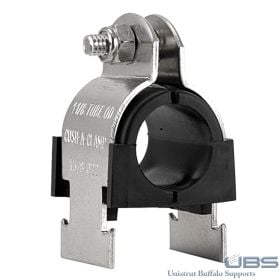I am working through replacing old galvanized steel pipe in my basement. Most of the house is copper, but the previous owners left a few old runs of galvanized steel in place including right after the meter where it runs under the concrete foundation for a few feet. (There were other underground branch lines to elsewhere, but I've bypassed those already. so this is the last one)
My plan was to run copper along the yellow lines I drew below. My only concern is if somebody trips on it or kicks it and damages the pipes, and just making sure in general that I'm not putting undue tension or weight on the meter or main service line (which is soft copper I believe). Right now even though it's a trip hazard, it's very solidly in place due to the galvanized steel anchoring it to the ground.
For the pros of this forum, would you recommend cutting the main service line shorter and putting the meter closer to the wall before connecting to the vertical copper pipe, or do you think the way I am proposing below, with the yellow lines, is perfectly fine?
I have been doing most of this work myself but I would hire a pro to do this if it's worth it. I wouldn't touch anything before the meter.
Thank you!

My plan was to run copper along the yellow lines I drew below. My only concern is if somebody trips on it or kicks it and damages the pipes, and just making sure in general that I'm not putting undue tension or weight on the meter or main service line (which is soft copper I believe). Right now even though it's a trip hazard, it's very solidly in place due to the galvanized steel anchoring it to the ground.
For the pros of this forum, would you recommend cutting the main service line shorter and putting the meter closer to the wall before connecting to the vertical copper pipe, or do you think the way I am proposing below, with the yellow lines, is perfectly fine?
I have been doing most of this work myself but I would hire a pro to do this if it's worth it. I wouldn't touch anything before the meter.
Thank you!

